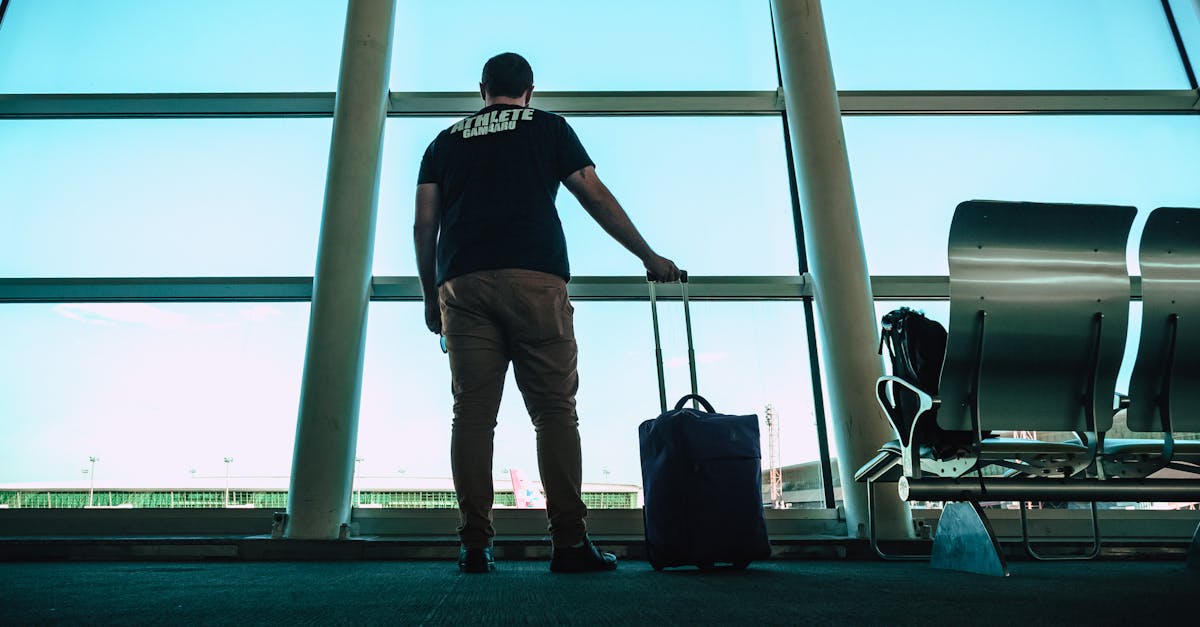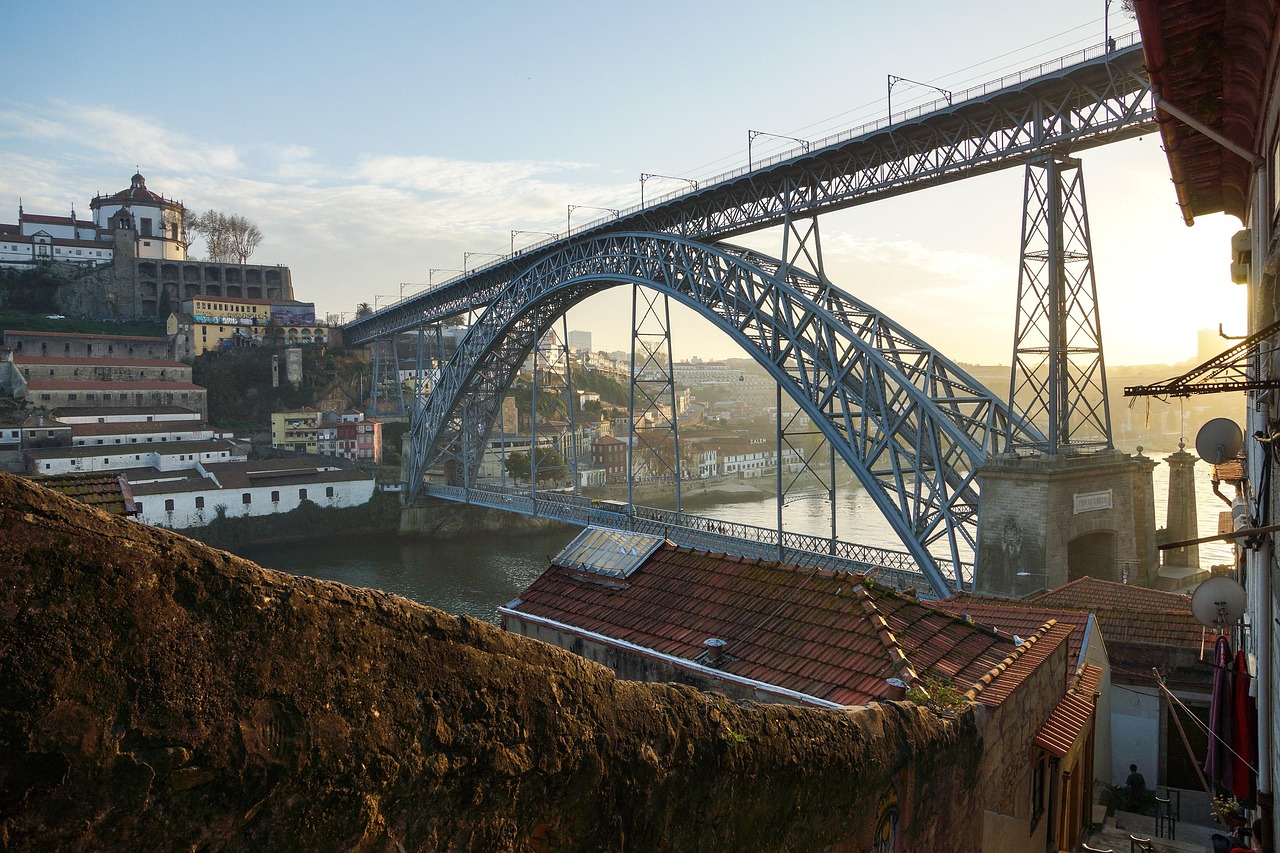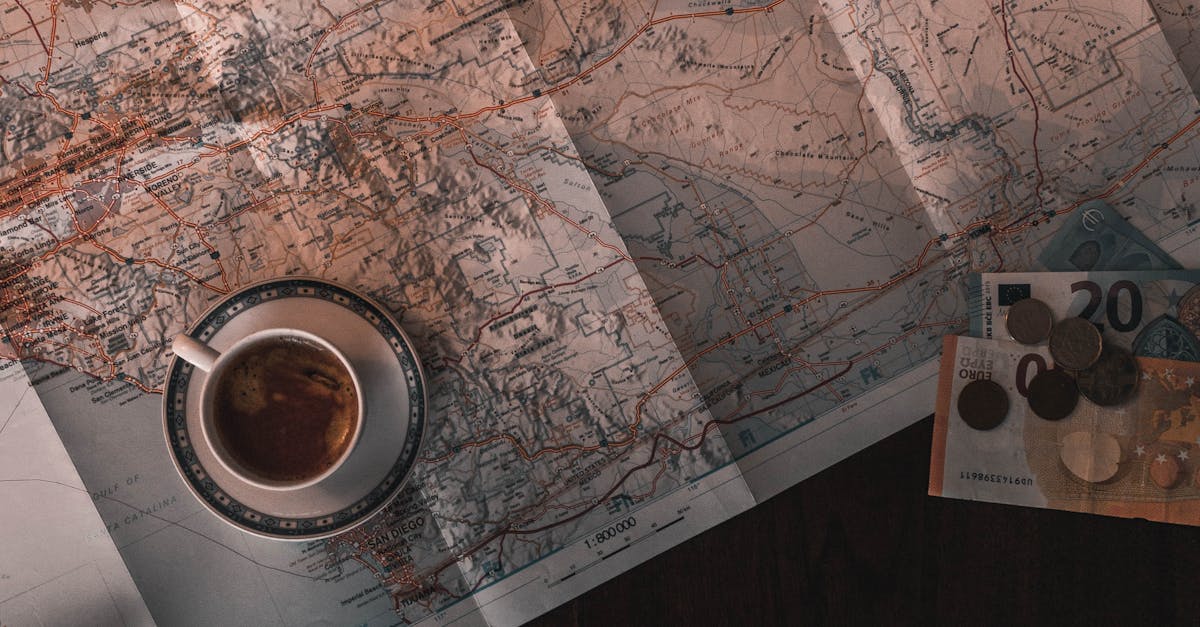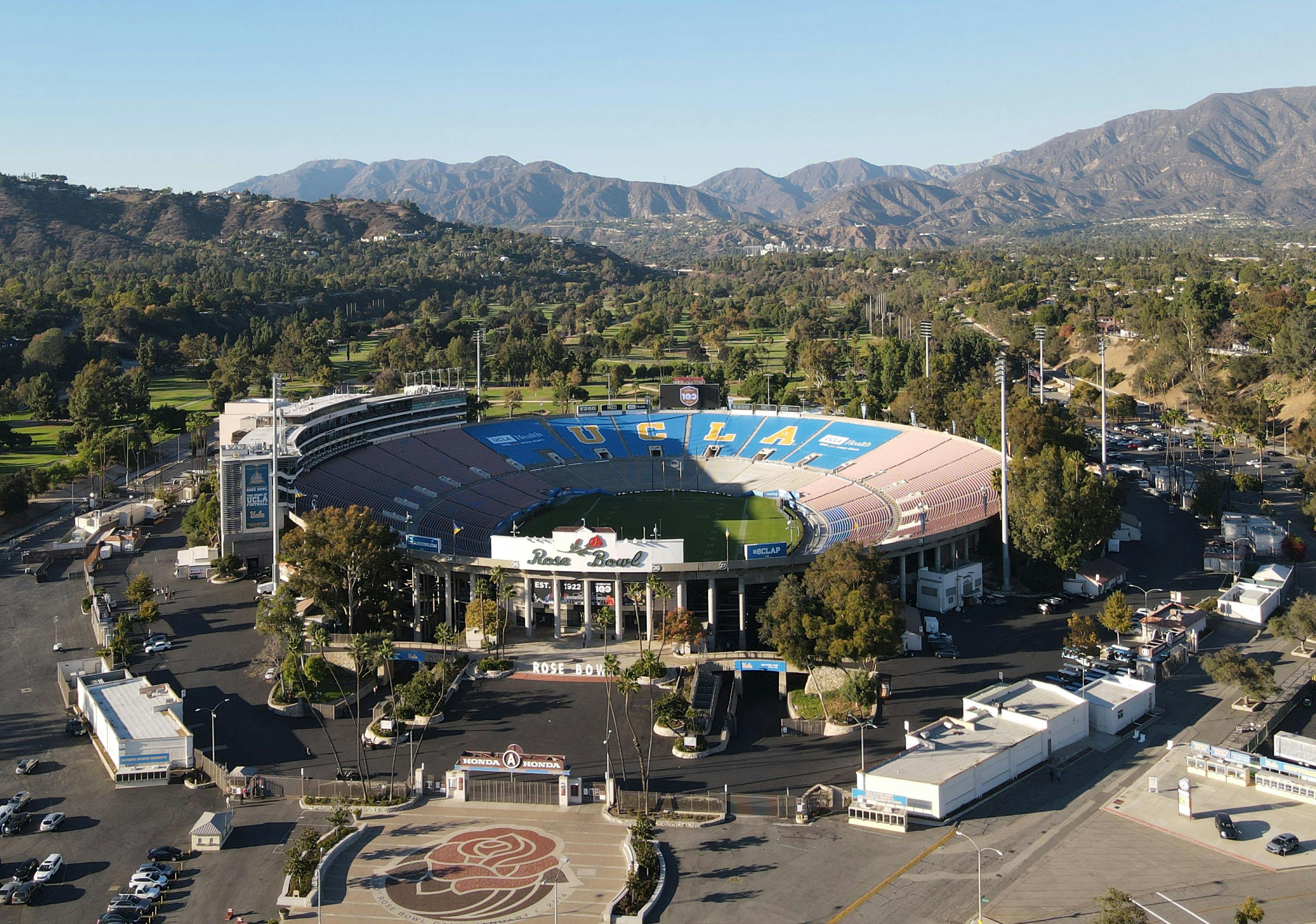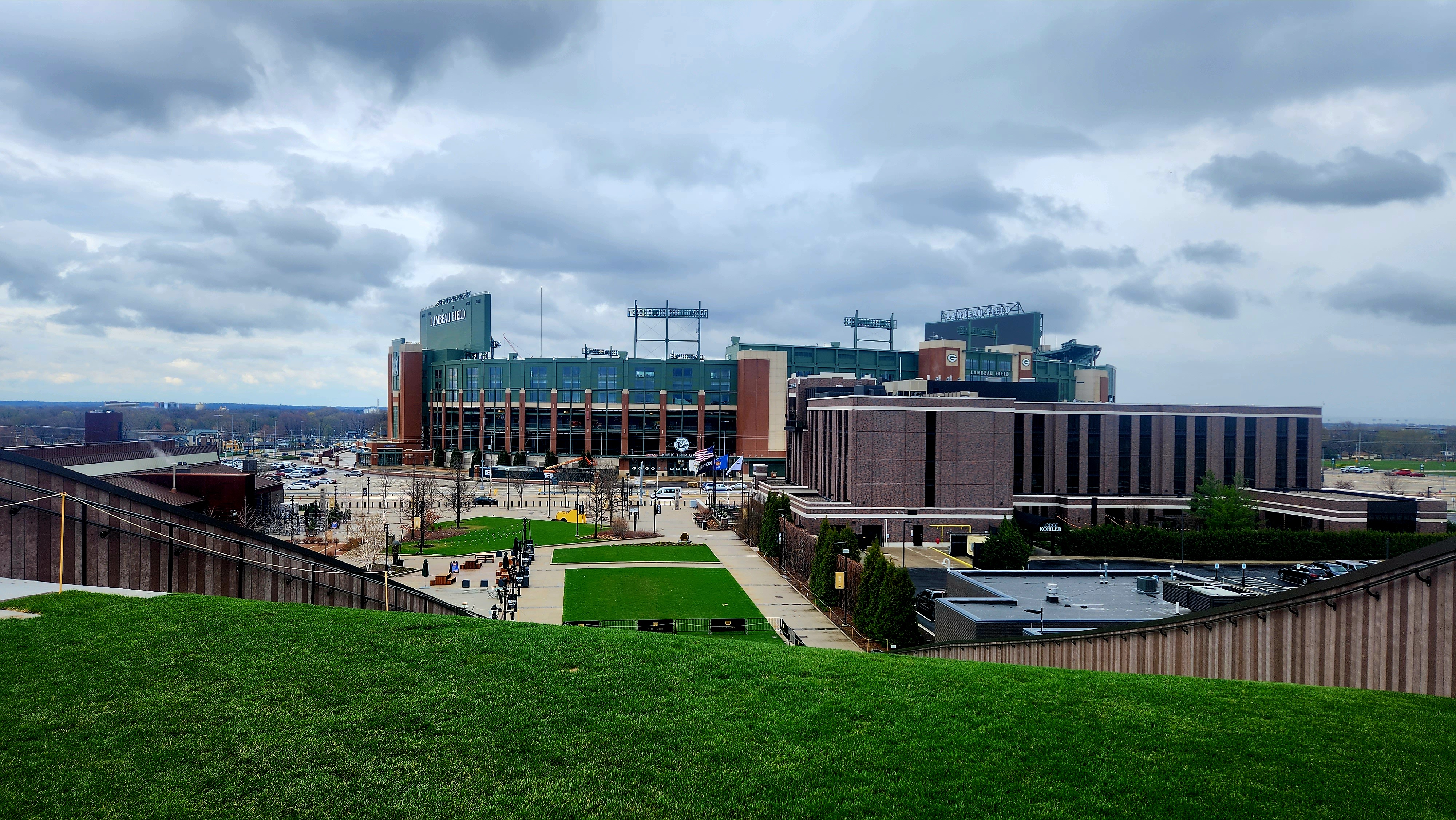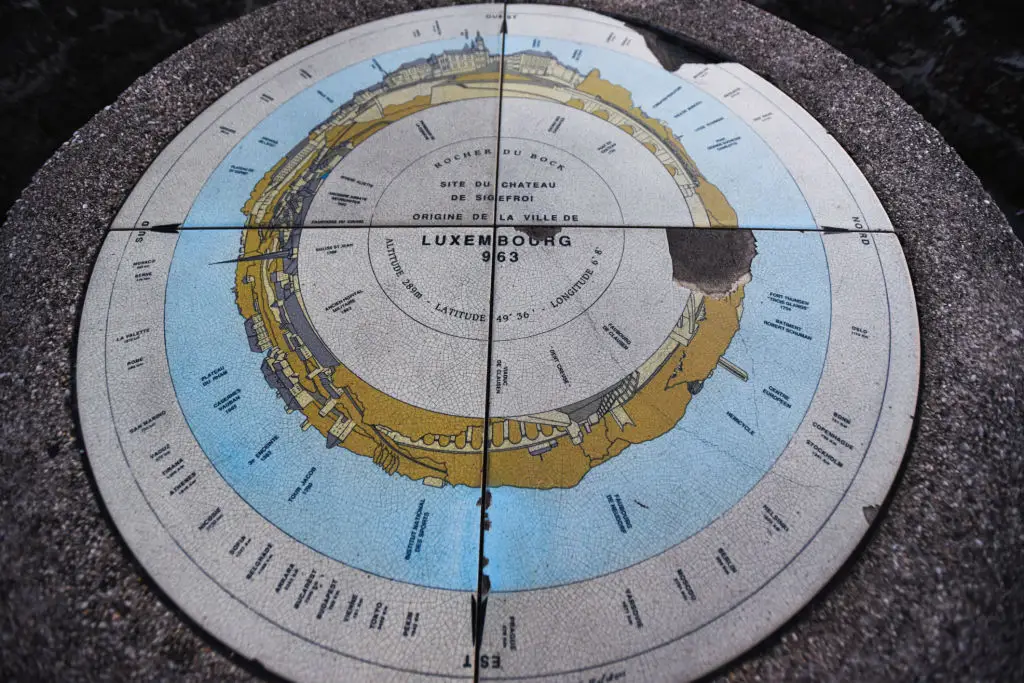11 Cities Where Street Art is More Impressive Than Museum Exhibits
Street art has evolved from its rebellious roots into a globally recognized form of artistic expression, transcending traditional gallery walls. Once considered mere vandalism, it now commands respect and admiration, drawing in art enthusiasts and casual observers alike. This transformation is a testament to the power of urban creativity, where artists use public spaces as their canvas, crafting masterpieces that challenge societal norms and beautify urban landscapes. In this exploration, we take a look through 11 cities where street art has not only found a home but has also become an integral part of the cultural fabric, defying conventional exhibitions and redefining what art can be. The allure of street art lies in its accessibility and its ability to convey powerful messages directly to the public. This immediacy and inclusivity combined has propelled street art into the spotlight, making it a vital component of contemporary art discourse. As we journey through these cities, we will also consider the many unique ways in which street art has transformed urban environments and engaged communities, showcasing the dynamic interplay between artist, artwork, and audience.
1. Berlin: The Heartbeat of Urban Expression
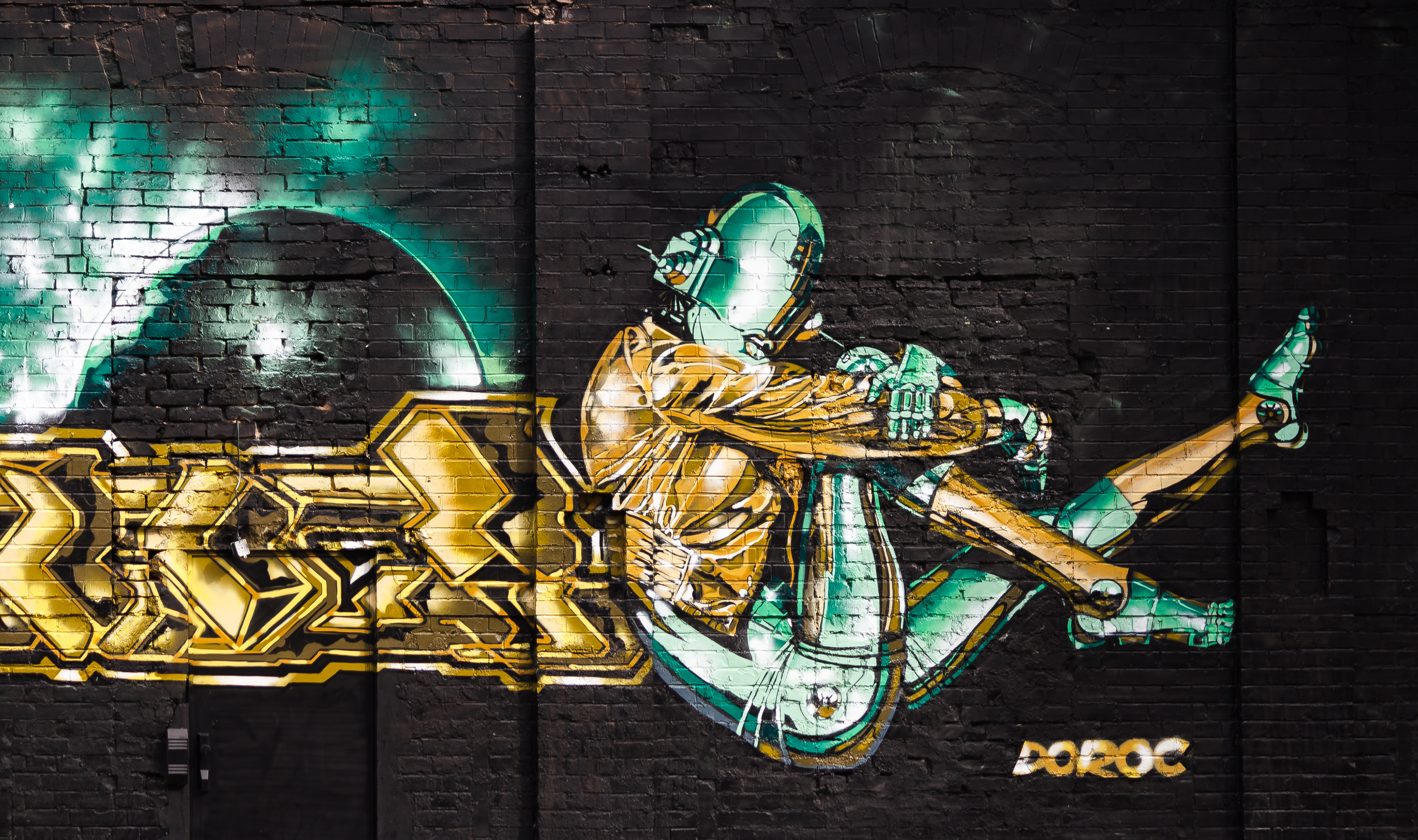
Berlin stands as a beacon of street art, where the remnants of history and the vibrancy of contemporary culture collide. The city's tumultuous past, marked by division and reunification, has created a fertile ground for artistic expression. The Berlin Wall, once a symbol of oppression, now serves as a canvas for artists worldwide, transforming it into the East Side Gallery—a poignant reminder of freedom and creativity. Here, artists from diverse backgrounds come together to create murals that speak of hope, unity, and change, making Berlin a living testament to the power of art to transcend barriers. Beyond the iconic wall, Berlin's neighborhoods, such as Kreuzberg and Friedrichshain, pulse with street art that reflects the city's dynamic spirit. These areas are adorned with murals that range from politically charged pieces to whimsical designs, each telling a story of the city's ever-evolving identity. The local government and community initiatives support this artistic movement, recognizing street art as a vital part of Berlin's cultural landscape. By embracing creativity in public spaces, Berlin not only celebrates its rich history but also fosters an environment where art can flourish and inspire.
2. São Paulo: The Canvas of a Megacity

In São Paulo, street art is more than just an aesthetic choice; it's a voice for the voiceless. As one of the world's largest cities, São Paulo faces numerous social challenges, and its street art reflects the complexities of urban life. The city's vibrant murals, often found in neighborhoods like Vila Madalena, serve as a platform for artists to address issues such as inequality, politics, and identity. These artworks are not just visual spectacles but catalysts for conversation and change, engaging both locals and visitors in meaningful dialogue. The Brazilian street art scene is renowned for its bold colors and intricate designs, with artists like Os Gêmeos and Eduardo Kobra gaining international acclaim. Their work transcends traditional boundaries, blending cultural motifs with contemporary themes to create pieces that resonate on a global scale. In São Paulo, street art is a dynamic force that shapes the city's identity, offering a glimpse into the hearts and minds of its inhabitants. By transforming public spaces into galleries of social commentary, São Paulo exemplifies how street art can empower communities and provoke thought.
3. Melbourne: A Cultural Tapestry
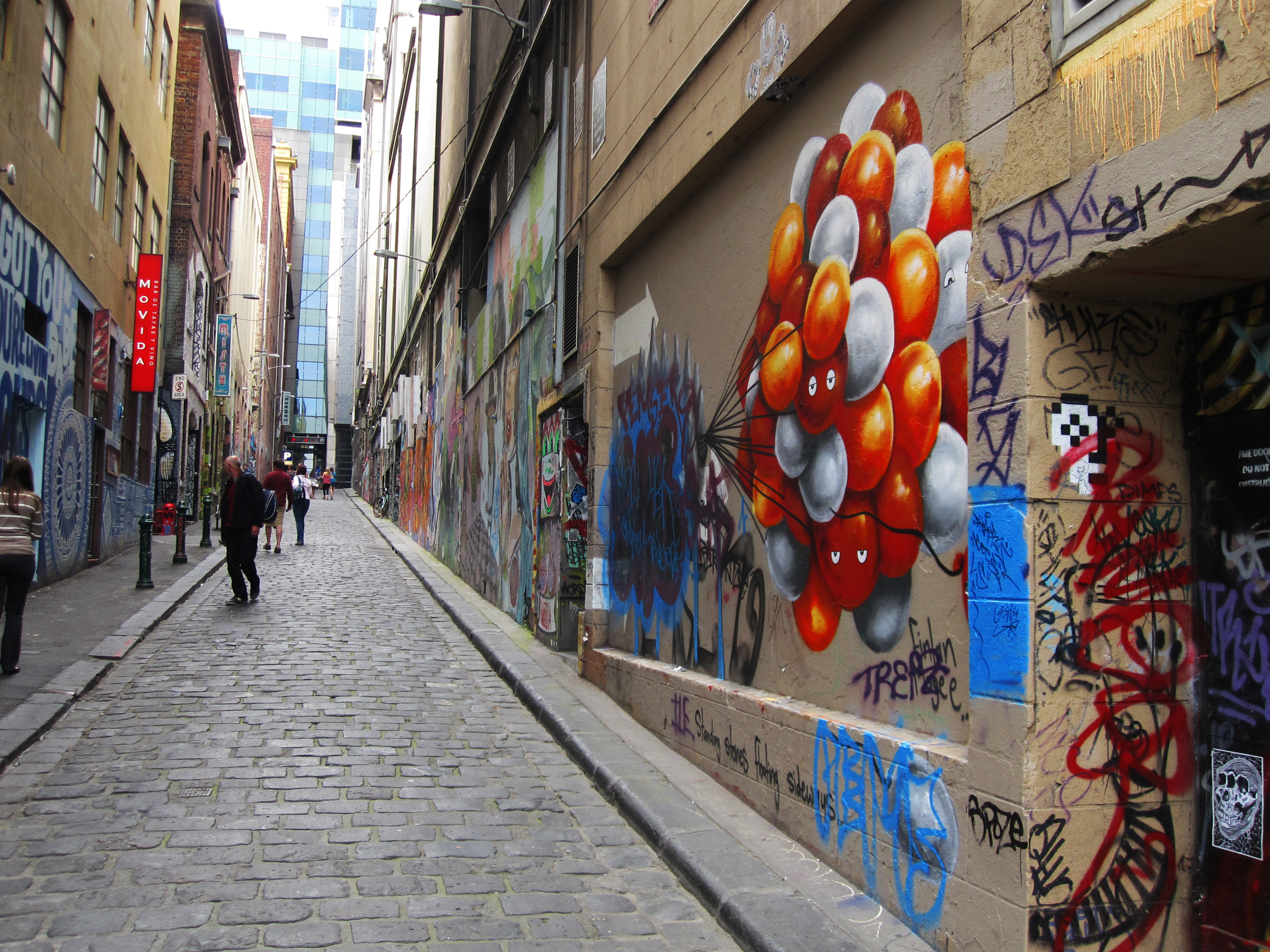
Melbourne's laneways are a testament to the city's love affair with street art. Known for its eclectic mix of styles and vibrant colors, Melbourne has cultivated a reputation as one of the world's street art capitals. The city's commitment to fostering creativity is evident in its approach to street art, where artists are encouraged to experiment and push boundaries. This open-minded attitude has attracted talent from around the world, turning Melbourne into a melting pot of artistic expression. The city's Hosier Lane is perhaps the most famous example, a constantly evolving canvas where new works appear almost daily. Here, street art is celebrated as a dynamic and ever-changing form of expression, with artists using the space to comment on contemporary issues or simply to showcase their skills. Melbourne's street art scene is supported by local councils and organizations that recognize its cultural value, providing legal walls and organizing festivals to promote this unique art form. By embracing street art as an integral part of its identity, Melbourne demonstrates how urban environments can be transformed into vibrant cultural hubs.
4. Buenos Aires: Tango and Murals
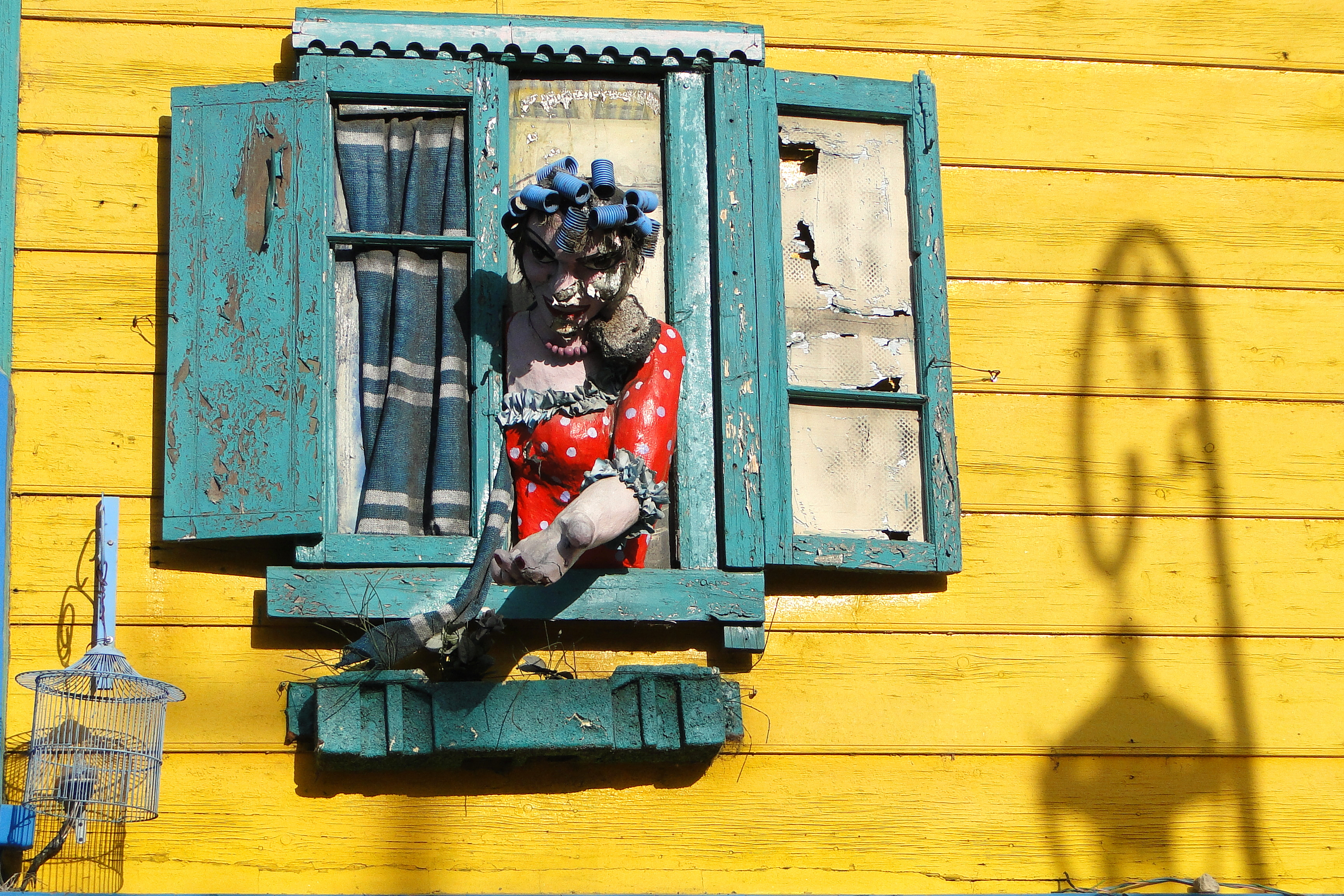
In Buenos Aires, the passion of tango extends beyond dance floors and into the streets, where murals tell stories of love, struggle, and resilience. The city's street art scene is a reflection of its rich cultural heritage and vibrant social fabric, with artists using walls as a medium to express the emotions and experiences of everyday life. Neighborhoods like Palermo and La Boca are adorned with colorful murals that capture the essence of Buenos Aires, blending traditional motifs with contemporary themes. Street art in Buenos Aires is deeply intertwined with the city's history, often addressing themes of political change and social justice. Artists use their work to honor the past while envisioning a brighter future, creating pieces that resonate with both locals and visitors. The city's street art is not just a visual feast but a narrative of its people, offering insights into the hopes and dreams of a nation. By transforming public spaces into galleries of cultural expression, Buenos Aires showcases the power of street art to connect communities and inspire change.
5. New York City: The Birthplace of Graffiti
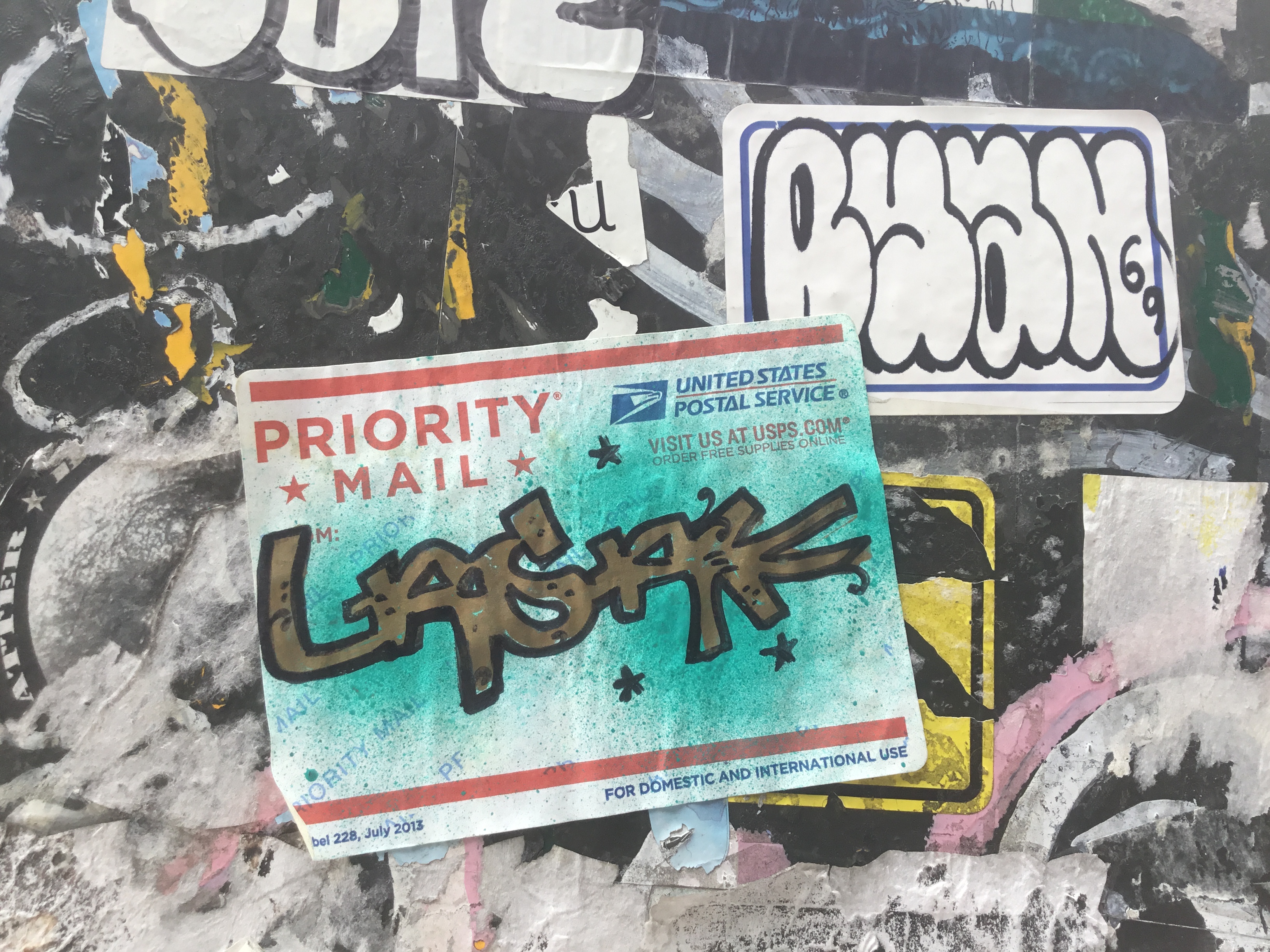
New York City is often hailed as the birthplace of modern graffiti, a movement that has since evolved into the street art phenomenon we know today. In the 1970s and 1980s, the city's subway trains and buildings became canvases for young artists seeking to make their mark. This era of graffiti was characterized by bold lettering and vibrant colors, laying the foundation for the diverse street art scene that thrives in New York today. Neighborhoods like Brooklyn's Bushwick and Manhattan's Lower East Side are now home to a myriad of murals that reflect the city's diversity and creativity. These artworks range from intricate portraits to abstract designs, each telling a story of New York's ever-changing landscape. The city's street art scene is supported by organizations and festivals that celebrate this art form, providing platforms for both local and international artists. By embracing street art as a vital part of its cultural identity, New York City continues to inspire and influence artists around the world.
6. London: A Fusion of Tradition and Innovation
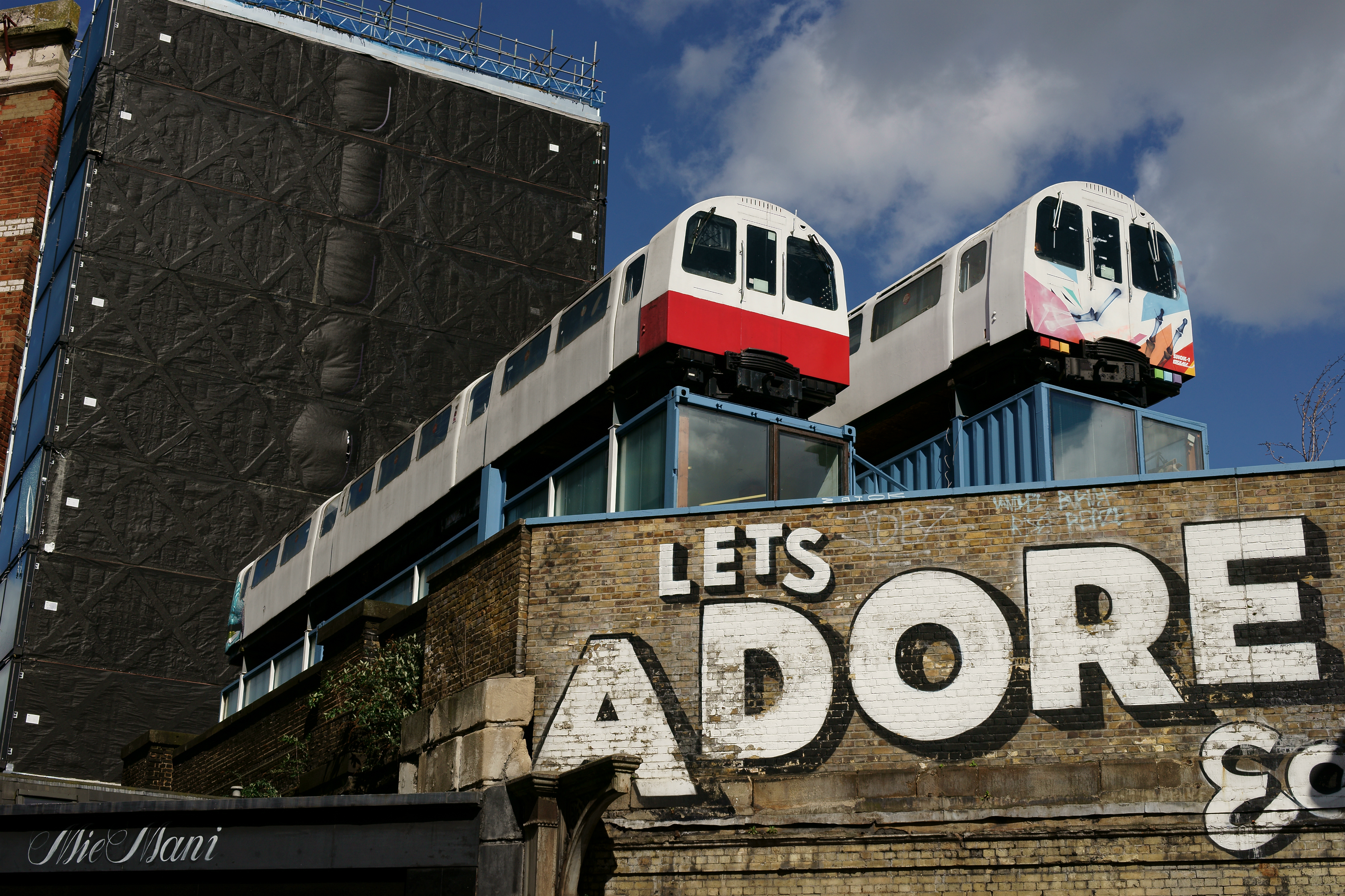
London's street art scene is a dynamic fusion of tradition and innovation, where historic architecture meets contemporary creativity. The city's East End, particularly Shoreditch, is a hotspot for street art, with its walls serving as canvases for artists from around the globe. London's street art is characterized by its diversity, with styles ranging from photorealistic portraits to abstract graffiti, reflecting the city's multicultural identity. The influence of renowned artists like Banksy has elevated London's street art scene, drawing attention to the power of public art to provoke thought and challenge societal norms. The city's commitment to fostering creativity is evident in its support for street art festivals and initiatives that promote this art form. By transforming public spaces into galleries of artistic expression, London demonstrates how street art can enrich urban environments and engage communities. This fusion of tradition and innovation makes London's street art scene a vibrant and ever-evolving tapestry of creativity.
7. Cape Town: Art as a Catalyst for Change
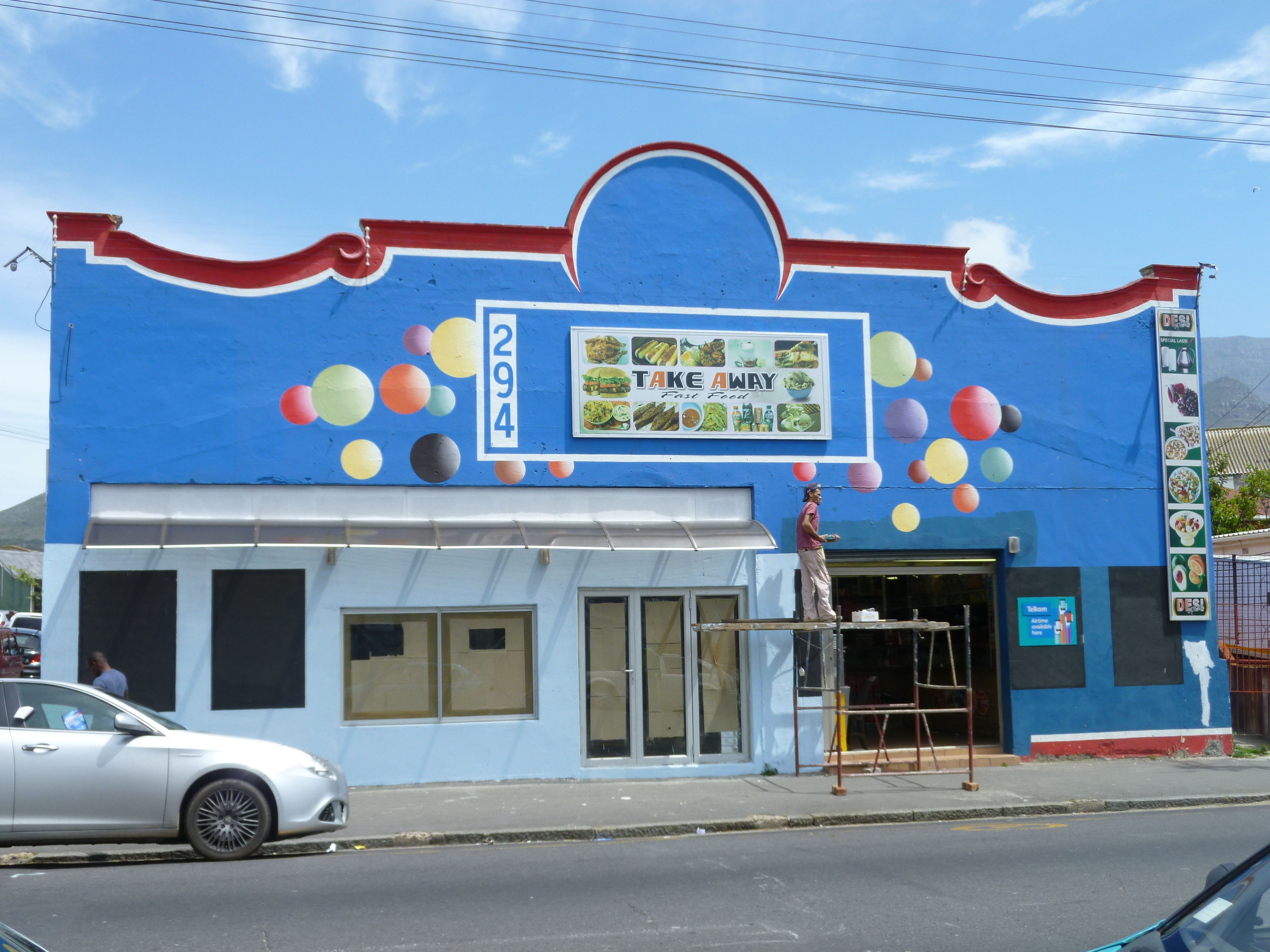
In Cape Town, street art serves as a catalyst for change, addressing social issues and promoting community empowerment. The city's vibrant murals are often found in neighborhoods like Woodstock and Khayelitsha, where artists use their work to highlight themes of identity, inequality, and resilience. These artworks are not just visual spectacles but powerful tools for social commentary, engaging both locals and visitors in meaningful dialogue. Cape Town's street art scene is characterized by its bold colors and intricate designs, with artists drawing inspiration from the city's diverse cultural heritage. The local government and community organizations support this artistic movement, recognizing street art as a vital part of Cape Town's cultural landscape. By transforming public spaces into galleries of social commentary, Cape Town exemplifies how street art can empower communities and provoke thought. This commitment to using art as a catalyst for change makes Cape Town a dynamic and inspiring hub of creativity.
8. Paris: The City of Light and Art
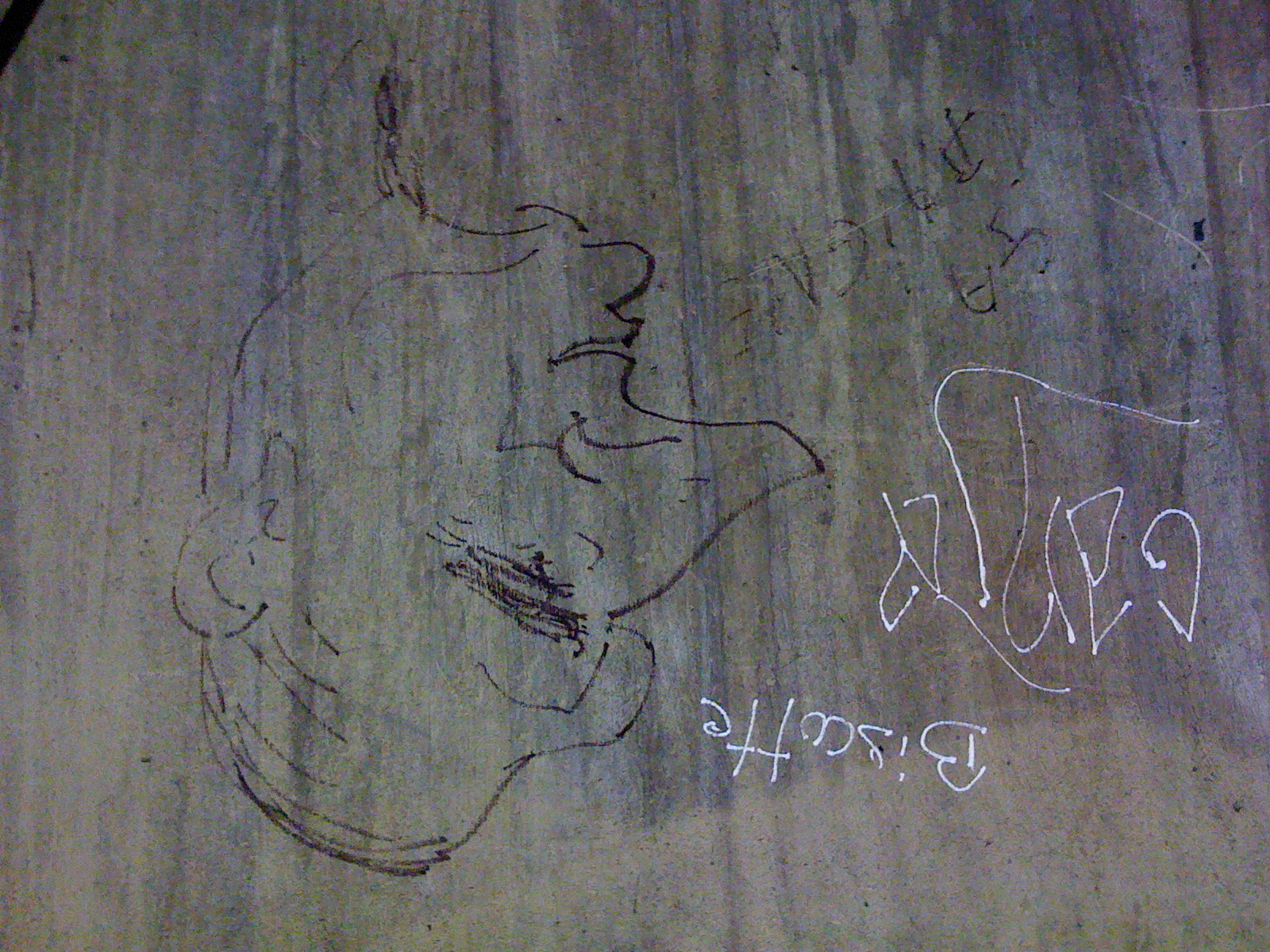
Paris, known for its rich artistic heritage, has embraced street art as a contemporary form of expression that complements its historic charm. The city's murals, often found in neighborhoods like Belleville and Montmartre, reflect the creativity and diversity of its inhabitants. Parisian street art is characterized by its elegance and sophistication, with artists using walls as a canvas to explore themes of identity, love, and social change. The influence of renowned artists like Invader and JR has elevated Paris's street art scene, drawing attention to the power of public art to inspire and challenge societal norms. The city's commitment to fostering creativity is evident in its support for street art festivals and initiatives that promote this art form. By transforming public spaces into galleries of artistic expression, Paris demonstrates how street art can enrich urban environments and engage communities. This fusion of tradition and innovation makes Paris's street art scene a vibrant and ever-evolving tapestry of creativity.
9. Mexico City: A Palette of Culture and Tradition
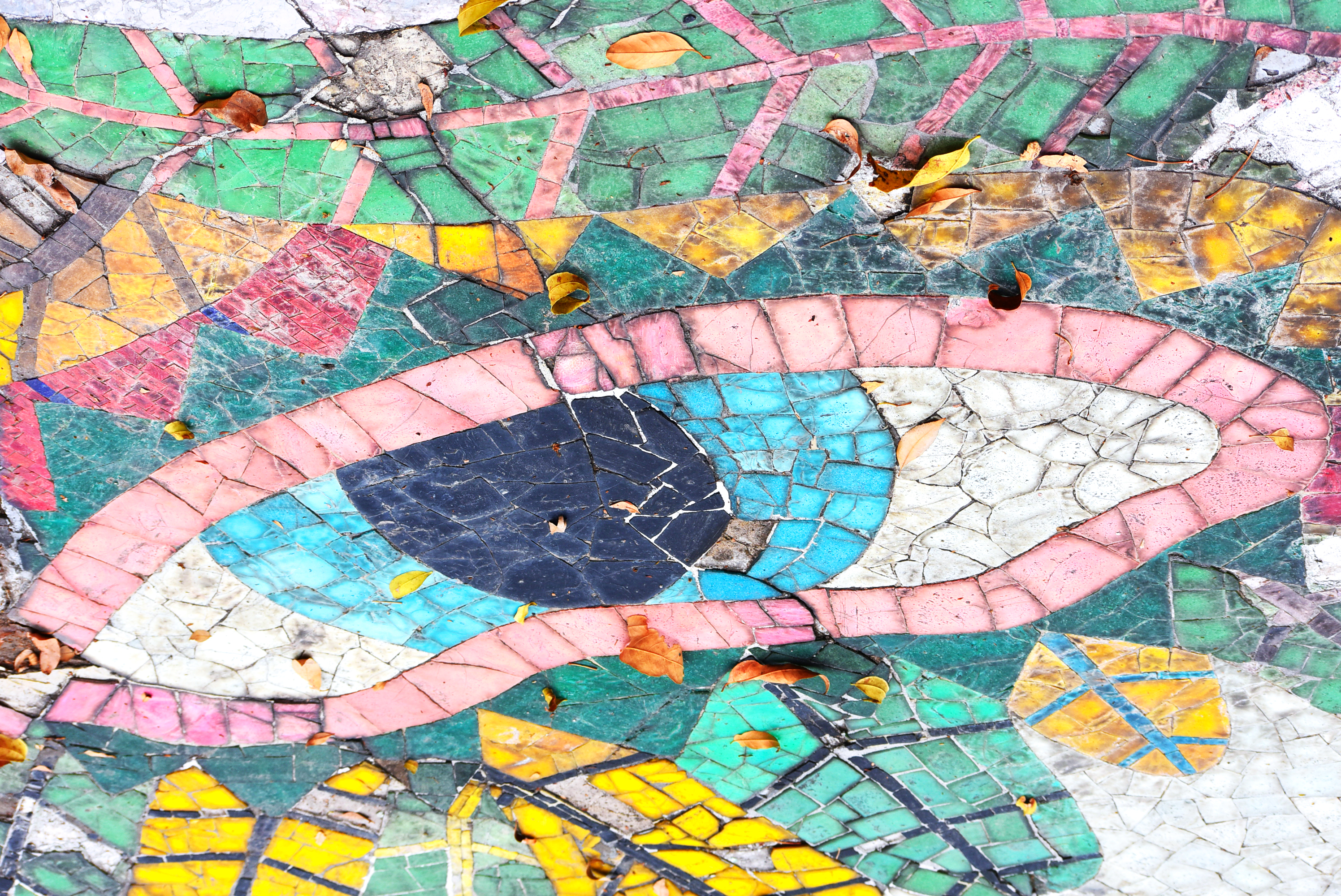
Mexico City's street art scene is a vibrant reflection of its rich cultural heritage and contemporary creativity. The city's murals, often found in neighborhoods like Roma and Condesa, showcase a blend of traditional motifs and modern themes. Mexican street art is characterized by its bold colors and intricate designs, with artists drawing inspiration from the country's history, folklore, and social issues. The influence of renowned artists like Diego Rivera and Siqueiros has paved the way for a new generation of street artists who use their work to address themes of identity, politics, and social change. The local government and community organizations support this artistic movement, recognizing street art as a vital part of Mexico City's cultural landscape. By transforming public spaces into galleries of cultural expression, Mexico City exemplifies how street art can empower communities and provoke thought. This commitment to using art as a catalyst for change makes Mexico City a dynamic and inspiring hub of creativity.
10. Athens: Ancient Ruins and Modern Murals
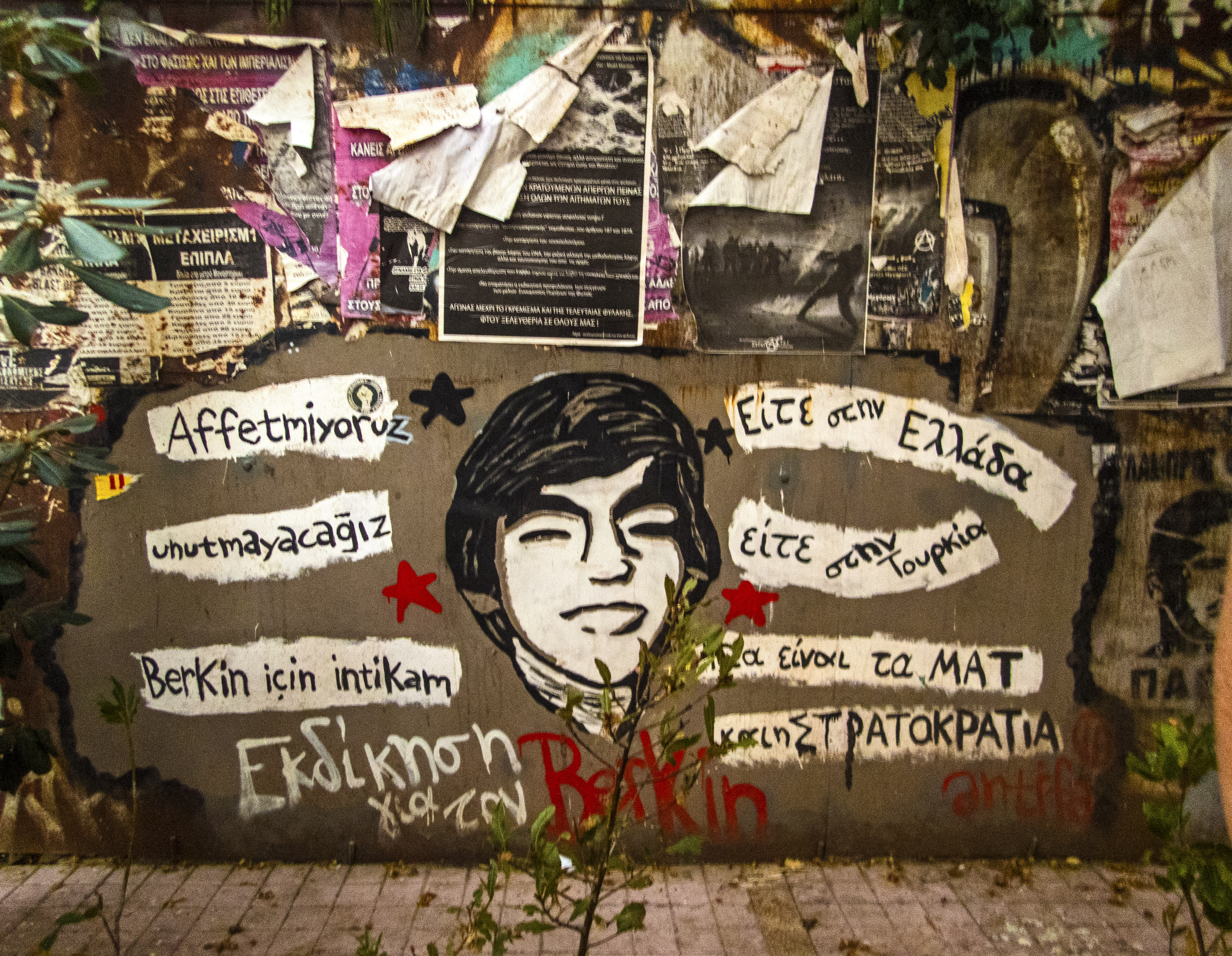
Athens, a city steeped in history, has embraced street art as a contemporary form of expression that complements its ancient ruins. The city's murals, often found in neighborhoods like Exarchia and Psiri, reflect the creativity and resilience of its inhabitants. Athenian street art is characterized by its bold colors and intricate designs, with artists using walls as a canvas to explore themes of identity, politics, and social change. The influence of renowned artists like INO and WD has elevated Athens's street art scene, drawing attention to the power of public art to inspire and challenge societal norms. The city's commitment to fostering creativity is evident in its support for street art festivals and initiatives that promote this art form. By transforming public spaces into galleries of artistic expression, Athens demonstrates how street art can enrich urban environments and engage communities. This fusion of tradition and innovation makes Athens's street art scene a vibrant and ever-evolving tapestry of creativity.
11. Johannesburg: A Mosaic of Cultures
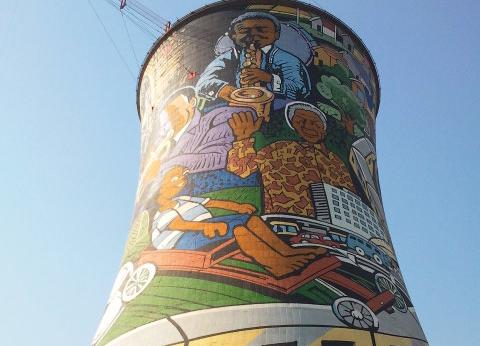
Johannesburg's street art scene is a vibrant reflection of its diverse cultural heritage and contemporary creativity. The city's murals, often found in neighborhoods like Maboneng and Newtown, showcase a blend of traditional motifs and modern themes. South African street art is characterized by its bold colors and intricate designs, with artists drawing inspiration from the country's history, folklore, and social issues. The influence of renowned artists like Faith47 and Nelson Makamo has paved the way for a new generation of street artists who use their work to address themes of identity, politics, and social change. The local government and community organizations support this artistic movement, recognizing street art as a vital part of Johannesburg's cultural landscape. By transforming public spaces into galleries of cultural expression, Johannesburg exemplifies how street art can empower communities and provoke thought. This commitment to using art as a catalyst for change makes Johannesburg a dynamic and inspiring hub of creativity.
As we conclude our exploration of these 11 cities, it becomes evident that street art is more than just a visual spectacle; it is a powerful medium for social commentary, cultural expression, and community engagement. Each city offers a unique perspective on how street art can transform urban environments, challenge societal norms, and inspire change. From Berlin's historic walls to Johannesburg's vibrant murals, street art transcends traditional gallery spaces, democratizing art consumption and fostering a global dialogue. The future of street art is bright, with artists continuing to push boundaries and explore new themes and techniques. As cities around the world embrace this dynamic art form, street art will continue to evolve, reflecting the ever-changing landscape of contemporary culture. By celebrating street art as an integral part of our urban environments, we not only enrich our cities but also empower communities and inspire future generations. In this global canvas, street art stands as a testament to the power of creativity and the enduring human spirit.

